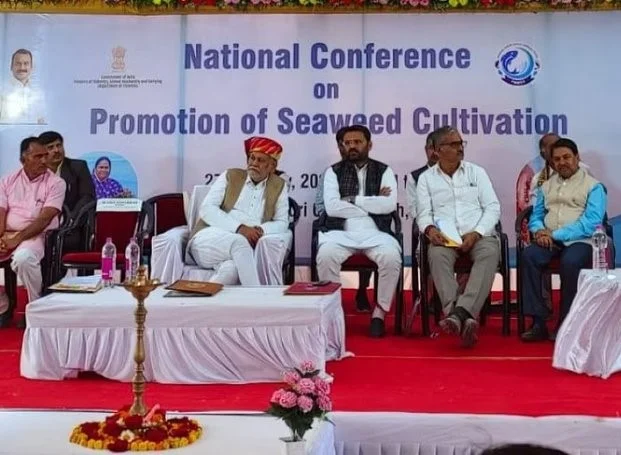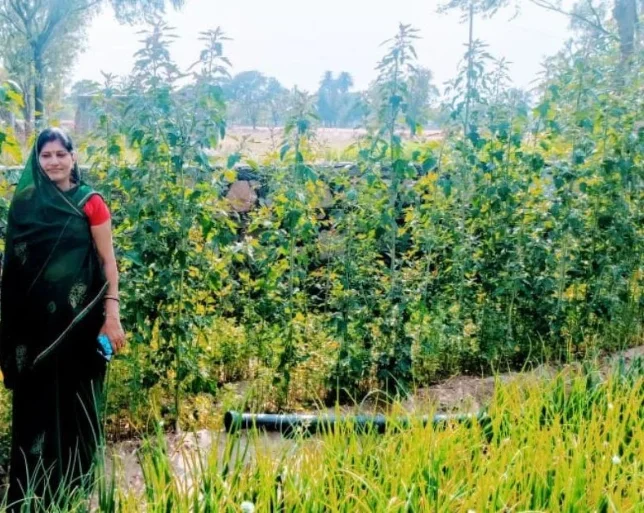In 1988, Sabarmatee and her father, Radhamohan, embarked on a remarkable journey by purchasing a barren acre of land in Nayagarh district, Odisha. Their vision was to conduct an experiment, testing whether a forest could thrive using solely organic techniques. At that time, organic farming was not widely practiced in India, prompting them to rely on trial and error. Despite the challenges, their persistent efforts paid off, and after nearly three decades, what started as one acre has blossomed into an impressive 90-acre lush green forest.
This determination led them to establish a non-governmental organization (NGO) in 1989, named Sambhav. The NGO’s primary focus was on promoting organic farming and contributing to ecological conservation.
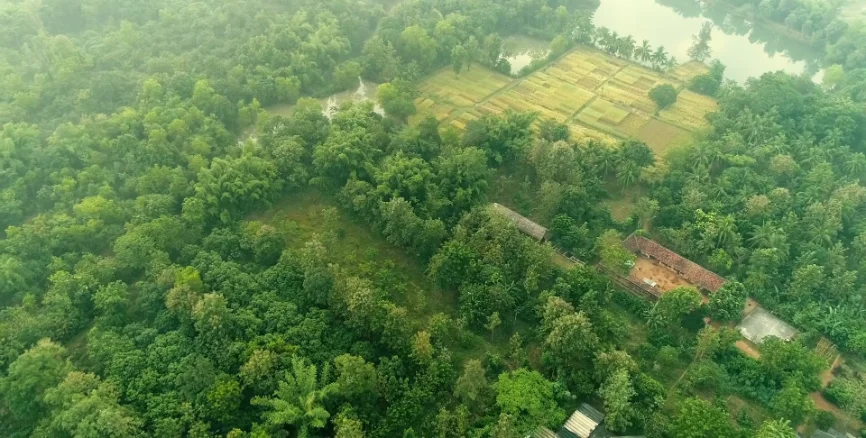
Sabarmatee enthusiastically shares, “Within our expansive 90 acres, a mere 2 acres are reserved for paddy cultivation, and an additional half acre is dedicated to growing a variety of vegetables. The remaining land is a thriving sanctuary for various tree species, hosting an array of fruits such as mangoes, lychees, chickoos, jackfruits, lemons, and numerous others.”
Within the expansive forest, there exists a dedicated 2.5-acre plot utilized for seed preservation. Over the years, Sabarmatee has diligently collected, cultivated, and preserved an impressive collection of nearly 800 traditional seed varieties. A significant portion of these seeds, more than half, consists of paddy varieties capable of thriving in diverse climatic conditions and withstand varying stress levels. Some seeds exhibit resilience to waterlogging and heavy rainfall, while others demonstrate remarkable tolerance to drought. Additionally, certain seed varieties boast high nutritional value.
Also Read: Tamil Nadu Man Helps Reverse Desertification With His Forest Cooperative
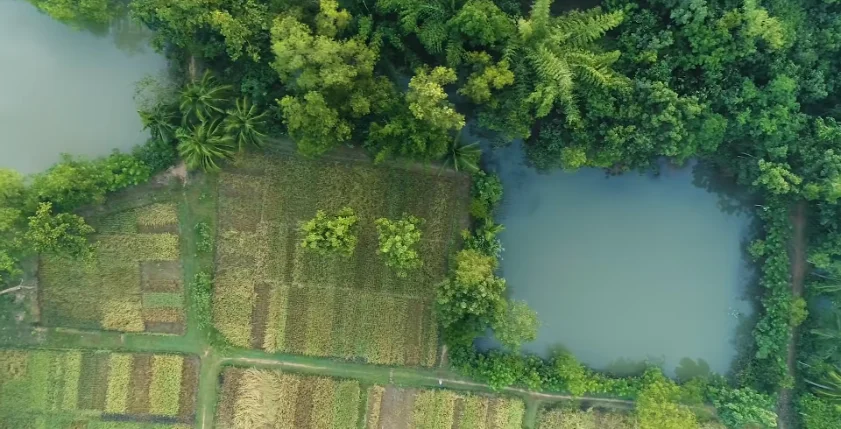
Sabarmatee proudly states, “During the 2018 Kharif season, we successfully cultivated 497 indigenous rice varieties using the System of Rice Intensification (SRI) method.”
From 2011 to 2016, Nayagarh experienced varying rainfall patterns, fluctuating between 889 MM to 2029 MM. Summers were characterized by erratic rainfall, often accompanied by storms and hail, with extended dry spells being a common occurrence. Recognizing the importance of water availability throughout the year, Sabarmatee implemented an elaborate water conservation system.
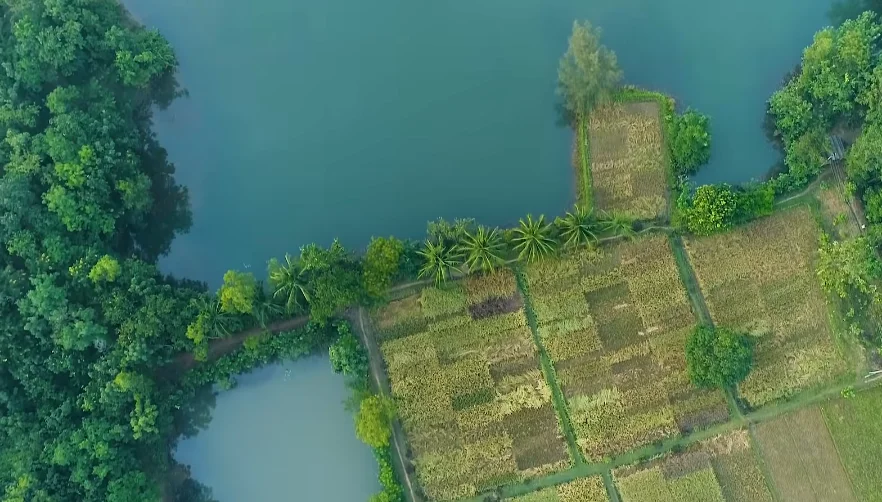
This system comprises three rainwater harvesting ponds of different sizes and at different elevations. As the first pond fills up, excess water gracefully flows into the second pond and eventually settles in the third. This strategic arrangement ensures a continuous water supply for the farm throughout the year, mitigating the challenges posed by unpredictable weather patterns and contributing to the sustainability of their agricultural practices.
Also Read: In India, Alternative Farming Supports Migrants in Rebuilding Lives in Rural Areas
Sabarmatee explains, “By conserving the forest on the upper side and implementing water harvesting structures, the water naturally flows like a spring into the paddy fields. This means we don’t have to resort to separate irrigation unless there’s an emergency situation.”

The land, now owned by Sambhav, a non-profit organization founded by Sabarmatee and her father Radha Mohan in 1989, was once a severely degraded piece of land lacking topsoil necessary for farming. Locals deemed it impossible to cultivate anything on this barren plot, but Sabarmatee and Radha Mohan were determined to prove otherwise. It took them several years to rehabilitate the soil.
Sabarmatee elaborates, “We implemented extensive soil and water conservation efforts. In addition to planting, we took measures to protect naturally emerging plants, effectively halting soil erosion. Specific species such as Bamboo, Sabai grass, and hill broom were strategically employed to prevent topsoil loss. Additionally, we introduced numerous leguminous plants to enhance nitrogen fixation in the soil.”
She further explains, “Mulching played a crucial role in our efforts. The mulch material created a habitat beneath it where white ants, regular ants, and other insects created holes, facilitating water percolation and gradual soil improvement over time.”
Sabarmatee presently oversees a seed bank containing over 700 diverse varieties, encompassing paddy, millets, vegetables, and pulses. Her commitment extends beyond the farm as she imparts knowledge on organic cultivation to farmers across India, offering both training and seeds.
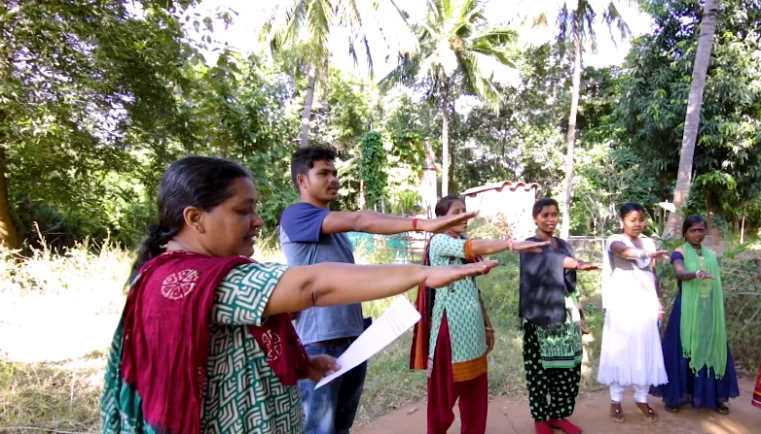
Sabarmatee explains, “We actively provide seeds to those interested, and we’ve initiated a small program called ‘Adopt a Seed.’ Anyone can adopt a specific variety. Through this, we encourage people to pledge to conserve a particular seed variety for as long as they can and to share it with others.”
Chatiani, a farmer, shares his experience, “Sambhav provided me with 500gms of paddy seeds. From that, I harvested about 3 sacks (150 kg) of rice. The villagers observed its high yield in soil with limited water, such as hill slopes. As a result, now 80% of farmers in my village cultivate it.”

Sabarmatee emphasizes, “In the context of climate change, the significance of indigenous varieties lies in their resilience. These varieties have withstood diverse climatic conditions and challenges over the years. Cultivated by people for generations, these varieties have faced drought, flood, water stagnation, storms, and more, yet many continue to thrive.”
Sabarmatee adopts a climate-friendly farming approach known as the System of Rice Intensification (SRI), which stands out for not requiring field flooding, thereby reducing methane emissions.
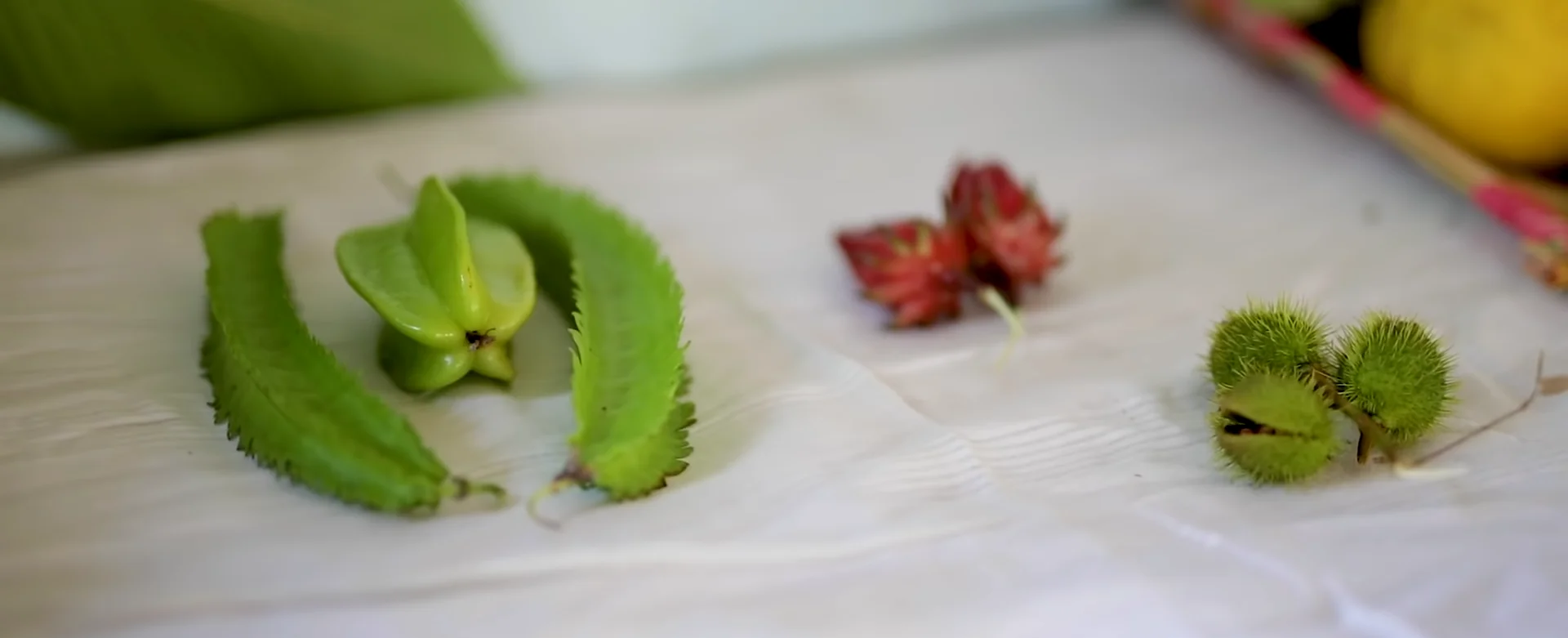
Explaining the benefits, Sabarmatee notes, “In traditional farming with a single crop, you’re limited to consuming that particular crop. However, our farming system yields a variety of crops in different seasons, enhancing nutritional diversity. Saving seeds from different crops eliminates the need to purchase them.”
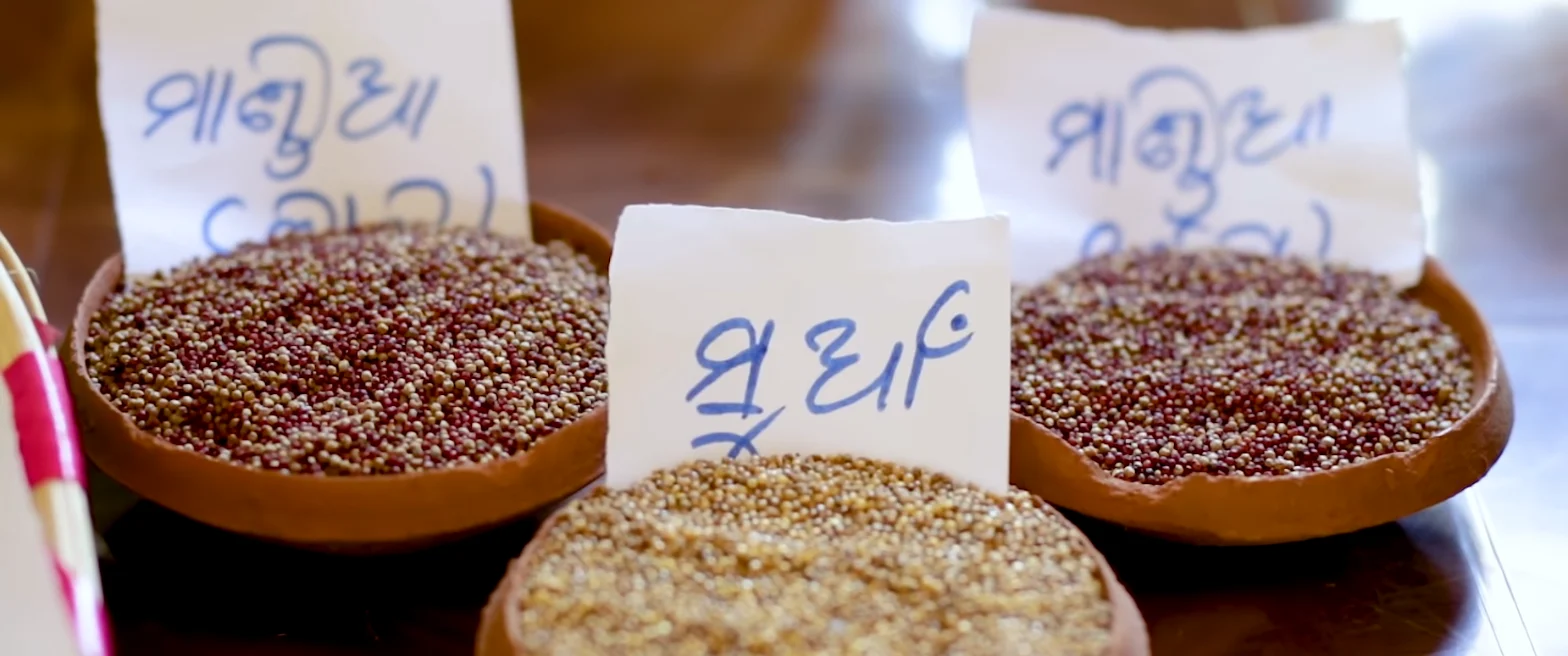
Over the past 40 years, farmers have faced significant challenges, with pressure from both government policies and research labs promoting high-yielding hybrid varieties. Simultaneously, multinational corporations introduced Genetic Engineering (GM) technology, posing a threat to traditional farming practices. Sabarmatee laments, “All these changes have eroded the very essence of our farming. Traditional seeds are vanishing rapidly.” This underscores the importance of preserving and promoting traditional farming methods and seed varieties in the face of modern agricultural trends.





